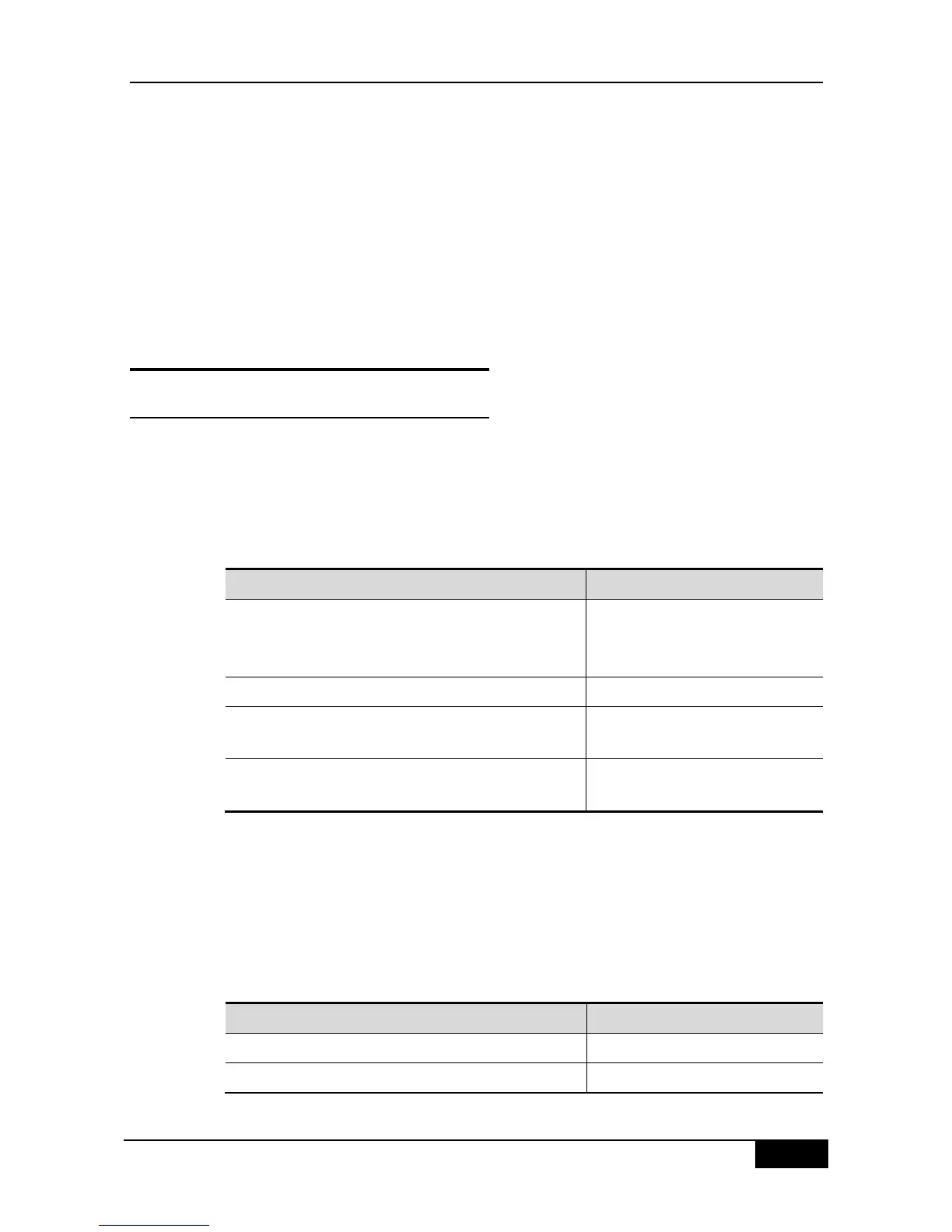DGS-3610 Series Configuration Guide Chapter 30 Protocol-Independent Configuration
30 Protocol-Independent
Configuration
30.1 IP Route Configuration
30.1.1 Configuring Static Routes
Static routes are manually configured so that the packets to the specified destination network
go through the specified route. When our product cannot learn the routes of some
destination networks, it becomes critical to configure static routes. It is a common practice to
configure a default route for the packets that do not have a definite route.
To configure static routes, execute the following commands in the global configuration mode:
DGS-3610(config)# ip route [vrf vrf_name] network
mask {ip-address | interface-type interface-number }
[distance] [tag tag] [permanent]
DGS-3610(config)# no ip route network mask
DGS-3610(config)# ip static route-limit number
Specify the maximum number of static
routes
DGS-3610(config)# no ip static route-limit
Restore the default maximum number
of static routes
For the example of configuring static routes, see ―Example that Dynamic Routes Override
Static Routes‖ in this chapter.
If they are not deleted, our product will always retain the static routes. However, you can
replace the static routes with the better routes learnt by the dynamic routing protocols. Better
routes mean that they have smaller distances. All routes including the static ones carry the
parameter of the management distance. The following table shows the management
distances of various sources of our product:
Default management distance
Directly connected networks

